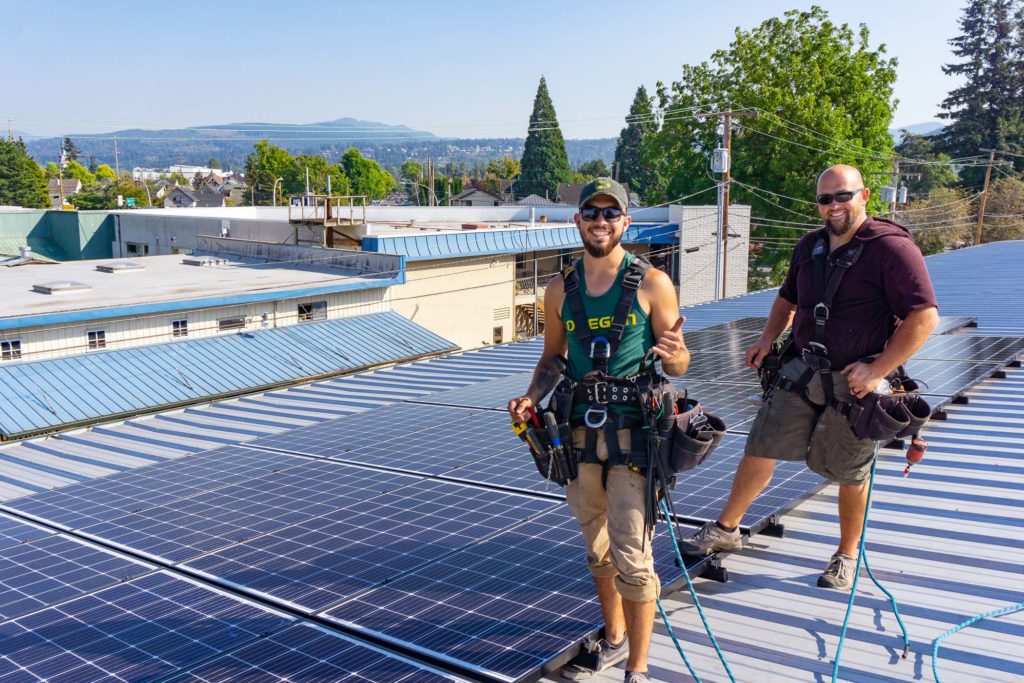It’s time to move on from methane.
Our future relies on moving our energy systems to renewables as soon as possible. Communities need bold, continued action in Washington and beyond to rapidly increase investments in fossil-free renewables.
There’s one place, though, where a huge and often-overlooked chunk of our fossil fuels go and where evidence of adverse health effects is mounting: Natural gas — which is mostly made of methane — piped into homes, offices, schools and buildings for heat is also heating the climate and contributing to respiratory disease. In fact, buildings are the fastest-growing source of climate-heating emissions in the state — which increased 50% since 1990, driven by gas appliances, even though Washington’s emissions overall grew only 10% since 1990.
Bellingham’s gas usage impacts the climate more than all of its cars
The vision we’re working towards locally and statewide: transitioning of fossil fuels for indoor heating over the next several years by setting standards for new construction, making investments in electrification, and ensuring justice in the transition for energy users and for workers.
Bellingham’s gas usage impacts the climate more than all of its cars, and gas nationwide produces more carbon emissions than coal. Gas creates over 40% of our community’s direct carbon emissions, more than all the cars on all its roads. Nationwide, gas used for electricity and heating now produces more climate pollution than coal.
Gas appliances worsen air quality both indoors and outdoors by emitting pollutants. Mutually reinforcing effects of air pollution and climate change amplify hazards, resulting in higher temperatures, more wildfires and smoke, and degradation of the health of our community. — Letter signed by 25 Washington physicians calling for clean, electric buildings
The solution is already in front of us: Build all-electric, with technology that’s proven to work in thousands of buildings like electric heat pumps, water heaters, and induction cooktops. Washington’s electric utilities are now mandated by state law to phase out all fossil fuel power sources and become 100% renewable. If natural gas was ever truly a “bridge” to renewable, fossil-free energy, we’ve certainly hit the end of that bridge.
From fracking fields to furnaces, aging gas pipelines leak methane, a heat-trapping gas over 80 times as potent as carbon dioxide. Methane from U.S. gas operations harms the climate as much as annual tailpipe emissions from about 70 million cars.
The harmful effects of gas make transitioning to all-electric buildings a great idea even if the climate crisis wasn’t a factor — from radioactive fracking waste to air pollutants released indoors when gas is burned. Numerous studies show children living in a home with a gas stove have a 42 percent
higher chance of developing asthma.
We can’t keep using gas and maintain a livable climate or healthy communities. Phasing out gas, building electric, and improving energy efficiency must occur in concert. So let’s get to work!
Learn more at BuildElectricWA.org, a growing coalition of businesses and environmental, green building, energy efficiency, and community organizations.

